The snake plant, also known as mother-in-law’s tongue or Sansevieria, is a popular choice for indoor gardening. These tough, low-maintenance plants are perfect for beginners and experienced plant lovers alike. With their striking upright leaves and hardy nature, snake plants can thrive in a variety of conditions, making them a great addition to any home or office.
In this comprehensive guide, we’ll cover everything you need to know about caring for and cultivating snake plants, ensuring they remain healthy and vibrant for years to come.
Here’s a concise information chart about Snake Plant:
| Attribute | Information |
|---|---|
| Botanical Name | Sansevieria spp. |
| Plant Type | Perennial succulent |
| Zones | 9-11 (typically grown as an indoor plant in cooler climates) |
| Exposure | Indirect sunlight to low light |
| Bloom Time | Rarely blooms indoors |
| Height/Spread | Height: 1-4 feet Spread: 1-2 feet |
Light Requirements
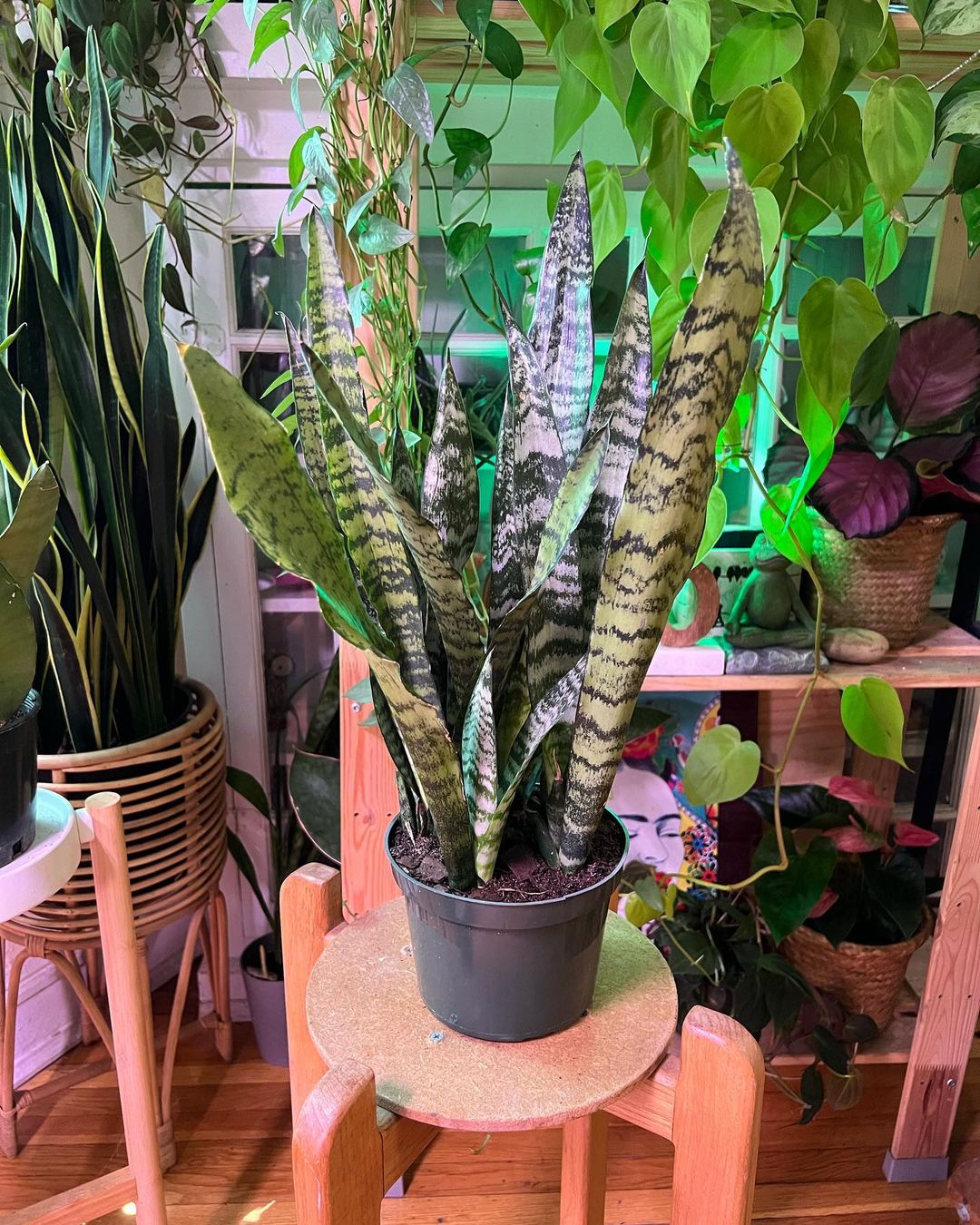
Snake plants are known for their ability to adapt to a wide range of lighting conditions, but they do have preferences. Here’s what you need to know about their light needs:
Bright, indirect light
Snake plants will do best in bright, indirect sunlight. This means placing them near a sunny window but not in direct sunlight, which can scorch their leaves.
Low light tolerance
If you don’t have access to bright, indirect light, don’t worry. Snake plants can tolerate low-light conditions, but their growth may be slower, and their leaves may not be as vibrant.
Outdoor sunlight
If you live in a warm, sunny climate, you can place your snake plant outdoors in partial shade or filtered sunlight. Just be sure to acclimate it gradually to prevent sunburn.
Watering Needs
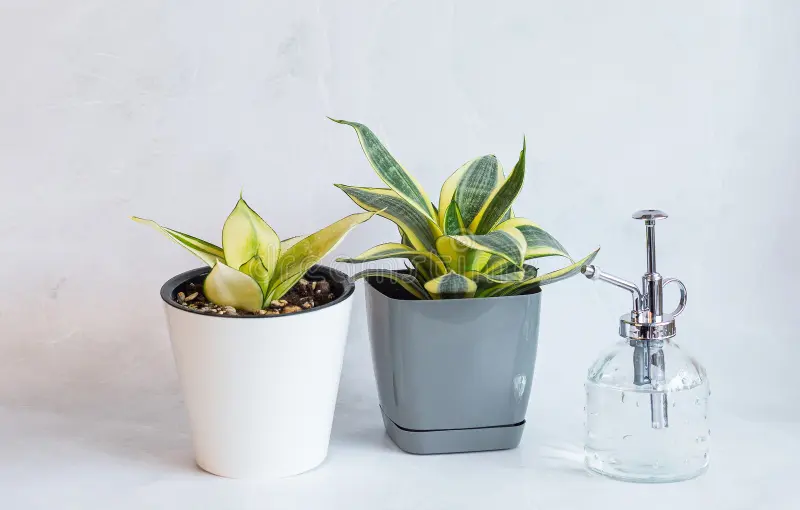
One of the key advantages of snake plants is their tolerance for irregular watering. However, it’s still important to get the watering right to keep your plant healthy. Here are some tips:
Allow the soil to dry out
Snake plants prefer to have their soil dry out completely between waterings. Check the soil moisture by sticking your finger into the potting mix. If the top few inches are dry, it’s time to water.
Water thoroughly
When it’s time to water, give the plant a good soaking. Water until it starts to drain from the bottom of the pot, then discard any excess water that collects in the saucer or tray.
Adjust frequency
The frequency of watering will depend on factors like pot size, plant size, and environmental conditions. During the growing season (spring and summer), you may need to water every 2-3 weeks. In winter, watering once a month or even less may be sufficient.
Underwatering is better
Snake plants are more tolerant of underwatering than overwatering. Overwatering can lead to root rot and other issues, so it’s better to err on the side of underwatering if you’re unsure.
Temperature and Humidity
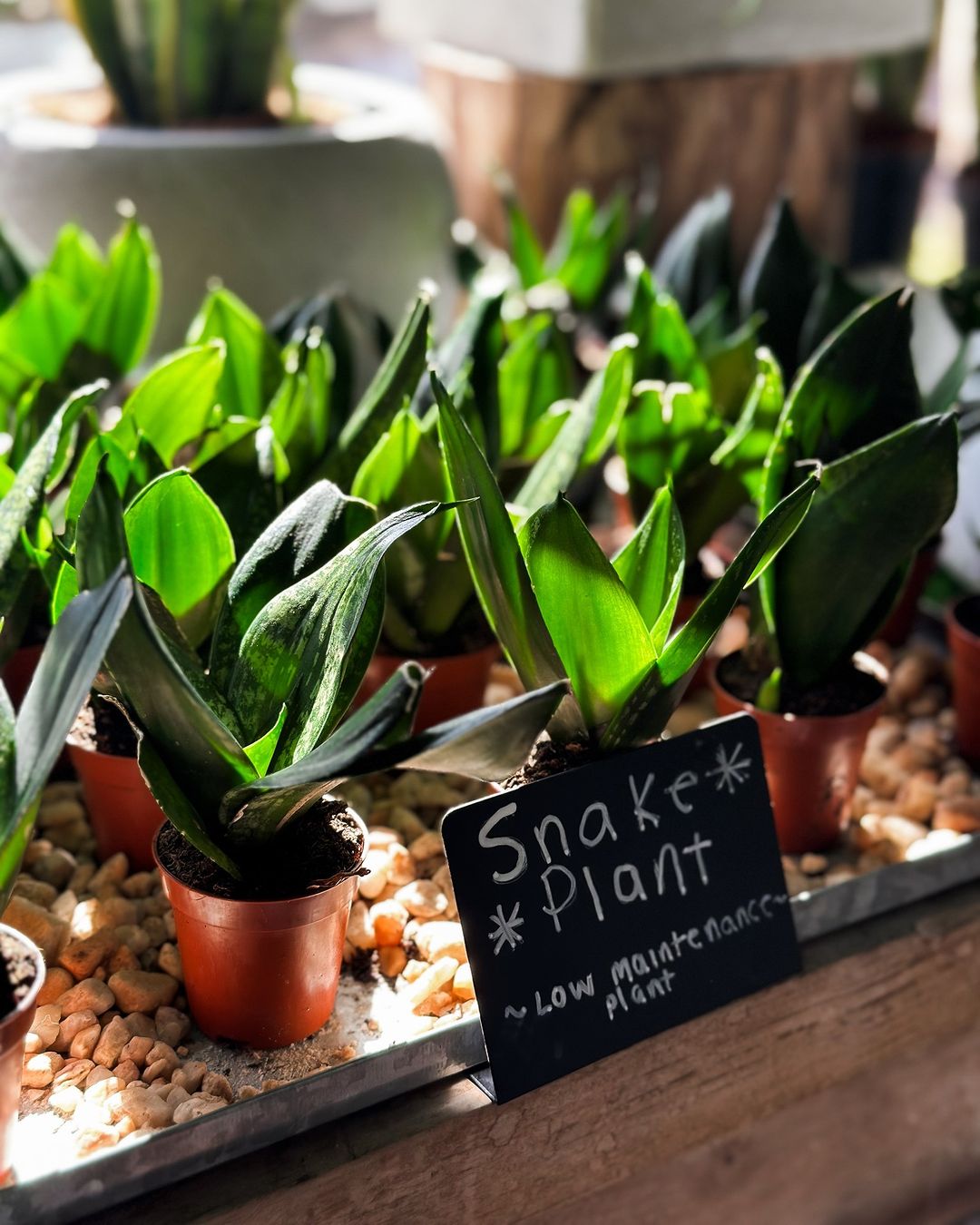
Snake plants are quite adaptable when it comes to temperature and humidity, making them ideal for most indoor environments. Here’s what you need to know:
Temperature range
Snake plants can tolerate a wide range of temperatures, from 50°F to 90°F (10°C to 32°C). However, they prefer temperatures between 65°F and 80°F (18°C to 27°C) for optimal growth.
Humidity tolerance
These plants are well-suited to average household humidity levels, but they can also tolerate dry conditions. If the air in your home is particularly dry, you may want to mist the leaves occasionally or use a humidifier to prevent browning leaf tips.
Soil and Potting
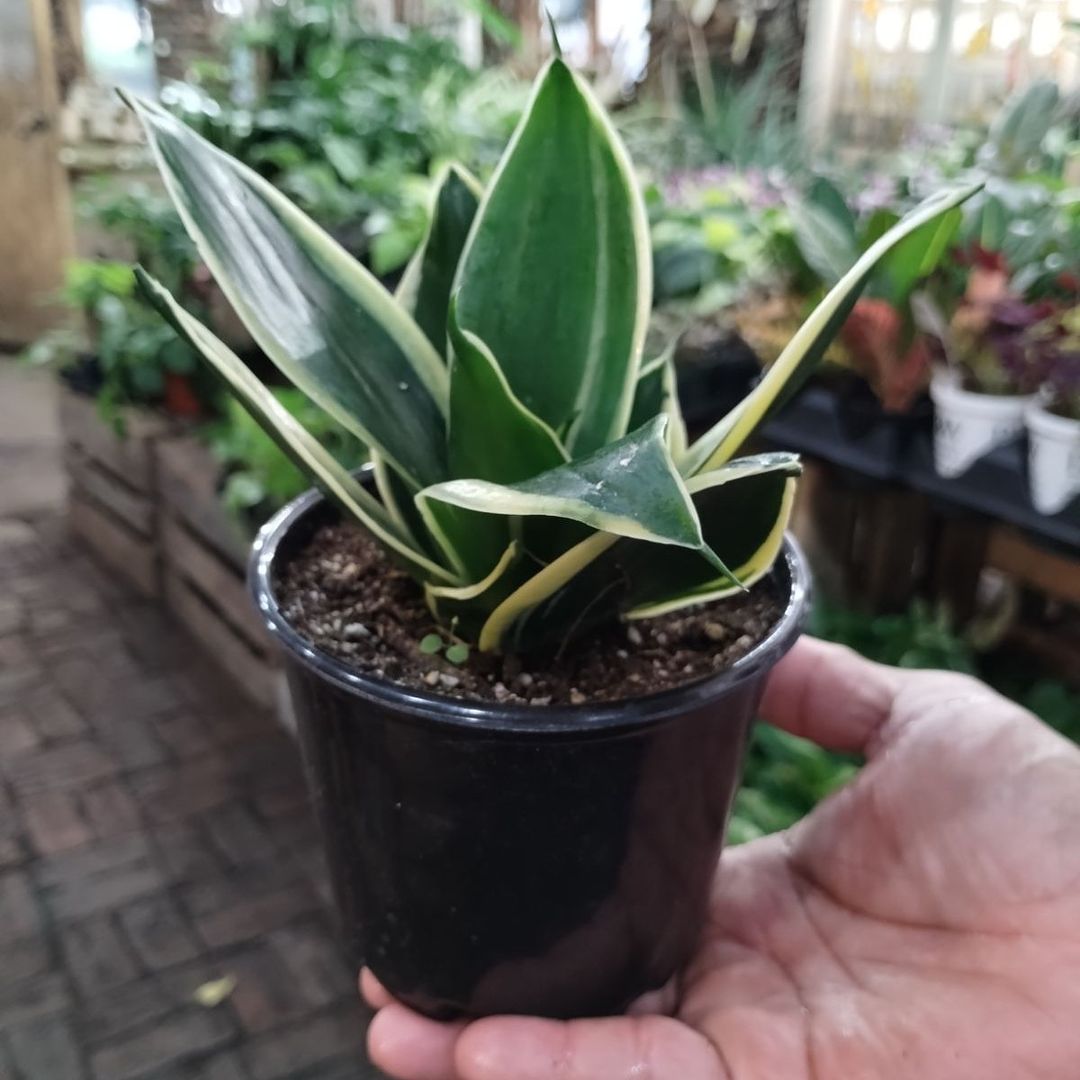
Snake plants aren’t too fussy about their potting mix, but they do have some preferences. Here’s what you need to know:
Well-draining soil
Snake plants thrive in well-draining soil that doesn’t hold too much moisture. A mixture of potting soil, perlite, and sand works well, providing good drainage and aeration.
Pot size
Snake plants prefer to be slightly root-bound, so choose a pot that’s only slightly larger than the root ball when repotting. This will help prevent the soil from staying too wet.
Repotting frequency
Snake plants don’t need to be repotted frequently. Every 2-3 years is usually sufficient. When repotting, gently remove the plant from its old pot, trim off any damaged or dead roots, and replant in fresh potting mix.
Fertilizing
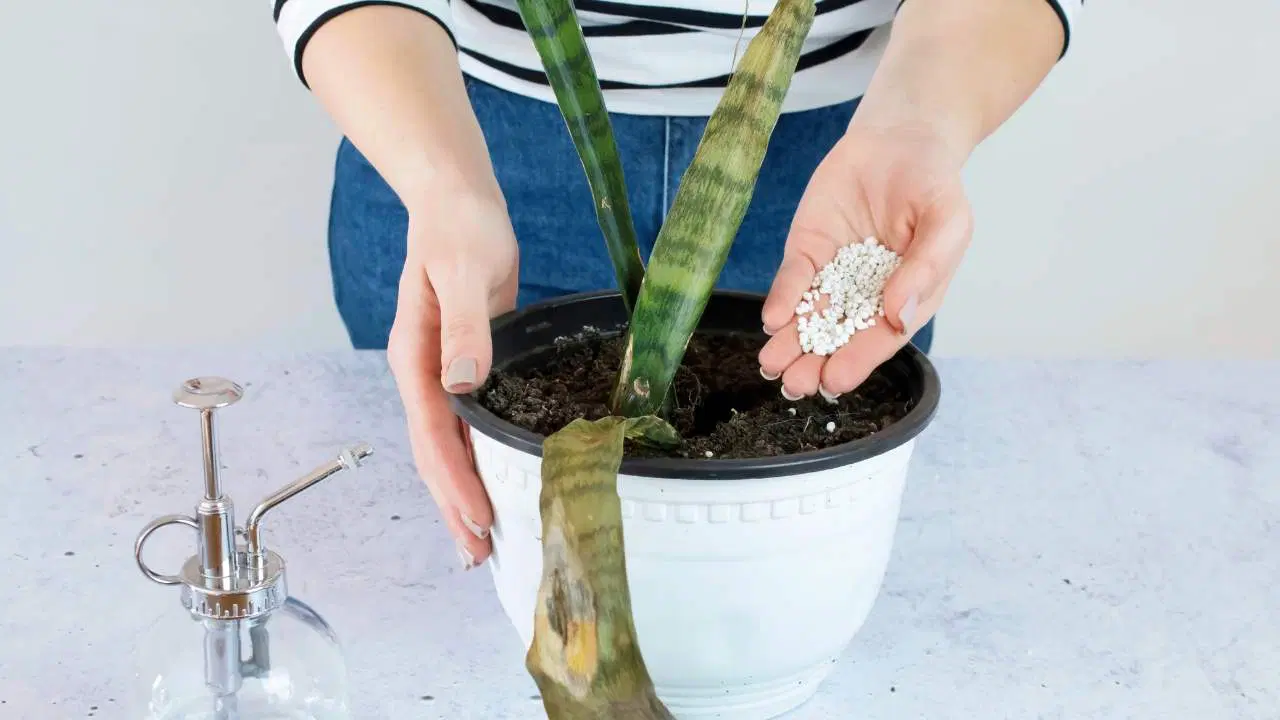
While snake plants aren’t heavy feeders, they can benefit from occasional fertilization during their growing season (spring and summer). Here are some tips:
Balanced fertilizer
Use a balanced, water-soluble fertilizer diluted to half strength. Look for an NPK ratio of 10-10-10 or 20-20-20.
Frequency
Fertilize every 6-8 weeks during the growing season.
Avoid over-fertilizing
Too much fertilizer can lead to salt buildup in the soil, which can damage the plant’s roots. It’s better to under-fertilize than over-fertilize.
Pruning and Propagation
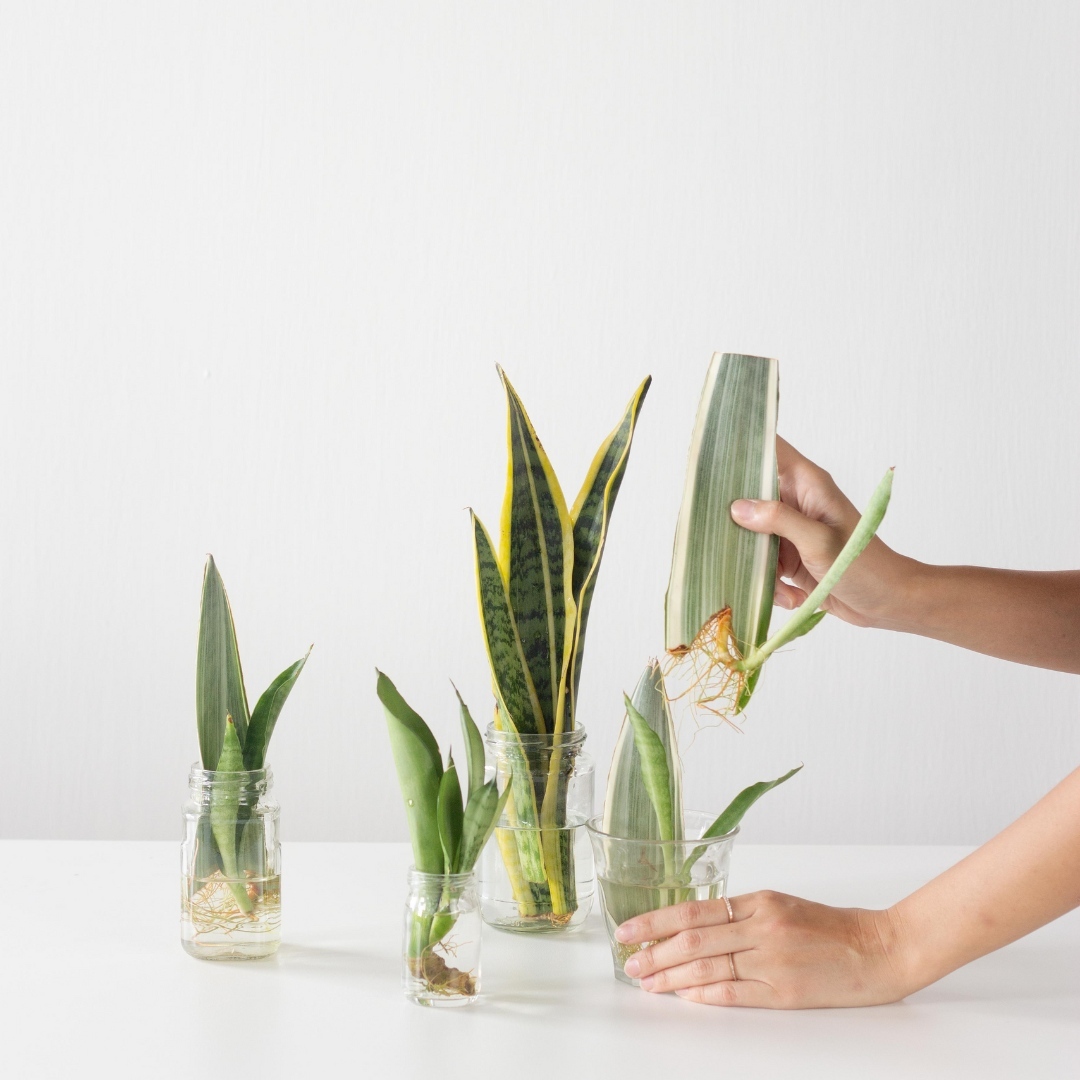
Snake plants are easy to prune and propagate, making them a great choice for those who want to expand their indoor garden. Here’s how to do it:
Pruning
Use clean, sharp scissors or pruners to remove any damaged, discolored, or overly long leaves. This will encourage new growth and help maintain the plant’s shape.
Propagation from leaf cuttings
Snake plants can be propagated from leaf cuttings. Simply cut off a healthy leaf near the base of the plant, let the cut end dry for a few days, and then place it in a well-draining potting mix. Keep the soil moist, and new plantlets will eventually emerge from the cut end.
Propagation from rhizome division
Another propagation method is to divide the rhizomes (underground stems) of a mature plant. Carefully remove the plant from its pot, separate the rhizomes, and replant them in individual pots with fresh potting mix.
Common Problems and Solutions
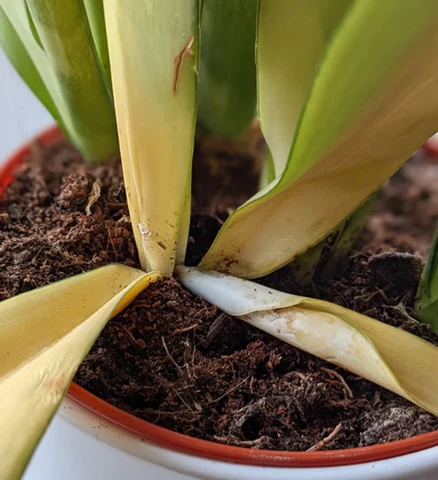
While snake plants are generally low-maintenance, they can sometimes encounter issues. Here are some common problems and their solutions:
Brown leaf tips
This is usually caused by low humidity, underwatering, or excessive fertilizer salts in the soil. Increase humidity, adjust watering, and flush the soil periodically.
Yellow leaves
Yellow leaves can be a sign of overwatering, nutrient deficiency, or too much direct sunlight. Adjust watering, fertilize, or move the plant to a spot with more suitable lighting.
Pests
Snake plants can sometimes attract pests like spider mites, mealybugs, or scale insects. Inspect the plant regularly and treat any infestations with an appropriate insecticidal soap or neem oil solution.
Root rot
Overwatering is the most common cause of root rot in snake plants. If you notice mushy, discolored roots, remove the affected parts, repot in fresh potting mix, and adjust your watering schedule.
With their striking appearance and easy-going nature, snake plants make a fantastic addition to any indoor space. By following these care and cultivation tips, you can ensure your snake plant stays healthy and vibrant for years to come.



